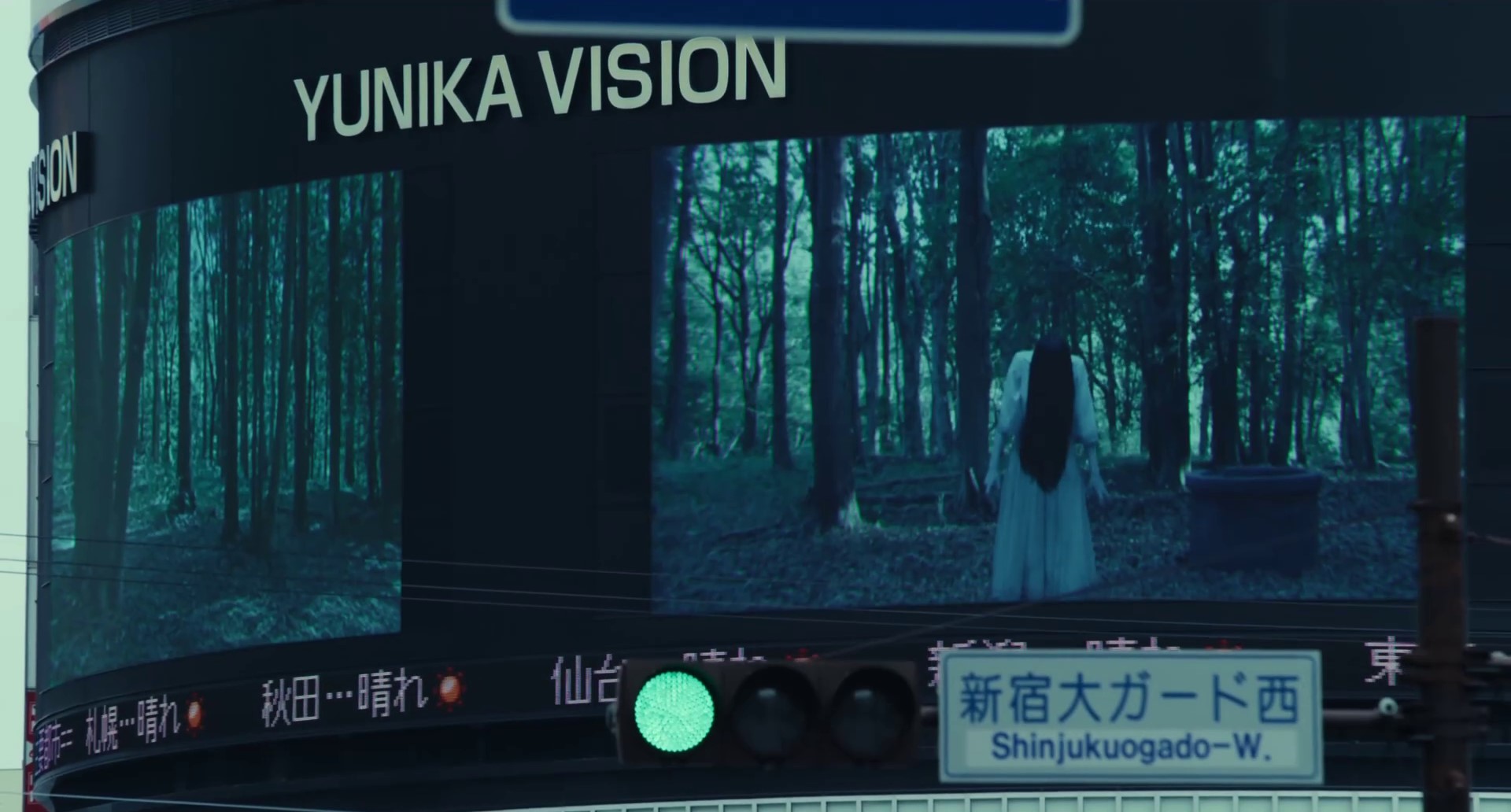
The curse of endless sequels has plagued horror films for years with multifarious results. The Ringu series kicked off back in the late 90s and is no exception to this curse. With the previous effort in the series, Sadako (2019), seemingly failing to meet fan expectations—high expectations that were set by the involvement of Hideo Nakata, who directed the original film and is arguably responsible for the franchise’s popularity—the idea of yet another sequel probably didn’t cross many minds. But alas, here we are with Sadako DX.
Being an ardent fan of the Ringu universe, no matter the quality of each entry, I was instantly ecstatic about yet another addition to the series. The biggest question at hand was whether this new film would follow the series continuity, or rather, which continuity it would follow. As most of you may already know, the first sequel to Ringu, Jōji Iida’s Rasen, was received so poorly by general audiences that it was retconned and replaced by Nakata’s Ringu 2. However, 2012’s Sadako 3D saw the return of the Sadako clones plot introduced in Rasen and even included a character named Takanori Ando, who was a pivotal character in Rasen.
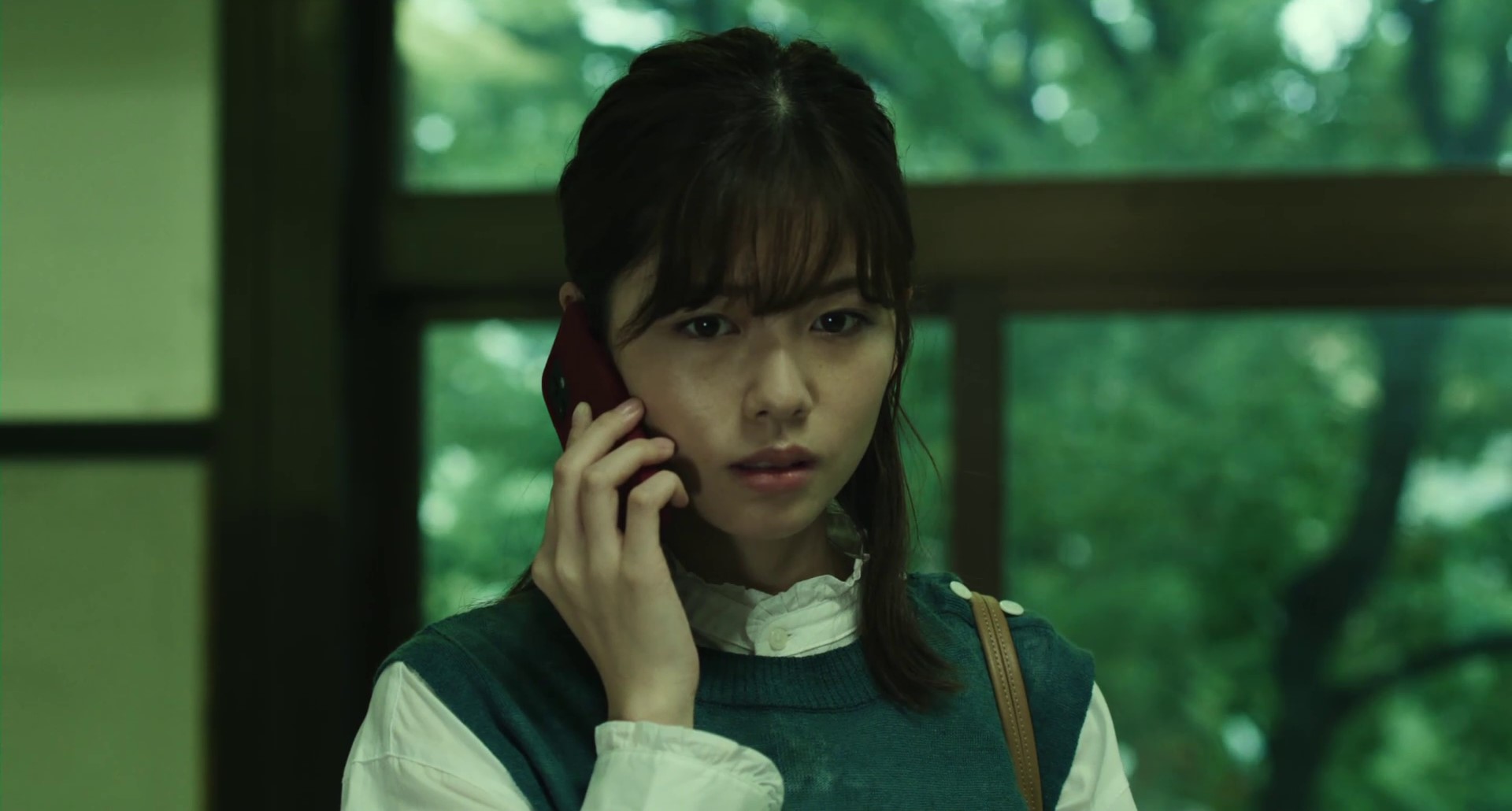
Interestingly, Sadako DX turned out to be a bit of a stand-alone sequel, fully equipped with a brand new cursed video, new rules, and making little to no references to any of the original characters, with the exception of Sadako herself. Ayaka Ichijo (Fuka Koshiba), a graduate student with an IQ of 200, becomes involved in a series of deaths that seem to be connected to an alleged cursed video; one that has reduced the seven-day grace period to a measly three-day period. When her younger sister watches this video out of curiosity, Ayaka is forced to put her smarts to the test and figure out a way to save her and prevent the curse from spreading across the endless waves of the internet.
Sadako DX brings a lot of new and interesting ideas to the table, including a new MO for our titular villain. Aside from the new three-day rule, victims of the curse are now stalked by ghostly apparitions that take the form of someone they know, similar to how the antagonist from It Follows stalks its targets. Making a copy of the updated video and showing it to someone else does not save you the way it did in previous sequels, prompting our characters to really think outside the box. Another contemporary add-on to this sequel is the intentional humor that has been absent from its predecessors; whether the cricket Sadakos from Sadako 3D were intentionally humorous is for you to decide!
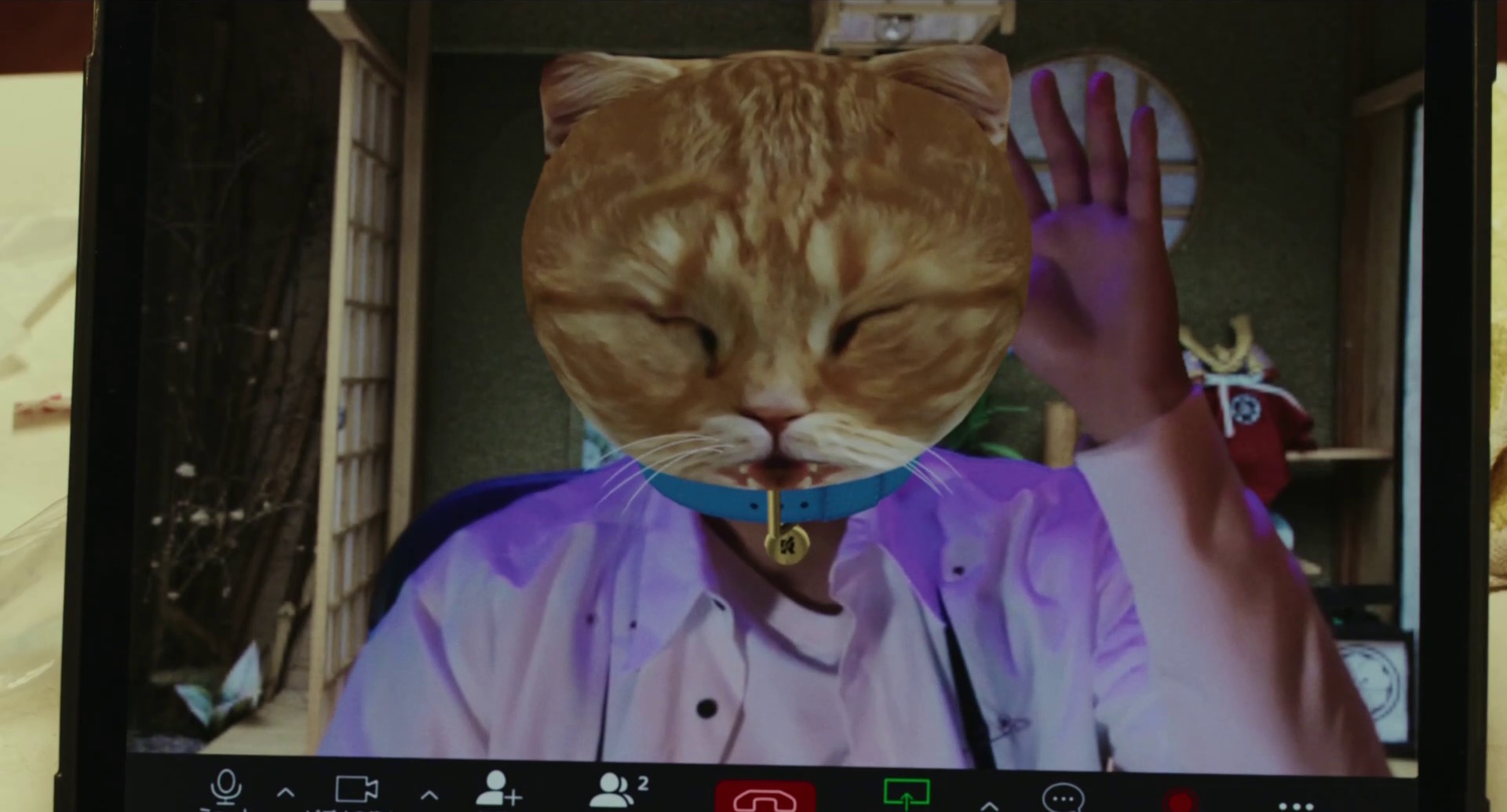
Thankfully, the humor does not come at the expense of Sadako but instead comes from the characters’ reactions to each other and the situations they find themselves in. The most notable instances are when Ayaka and Oji Maeda, a supporting character who gets caught up in the inquisition, are shown bickering with one another. Each of these two characters has very specific traits and behaviors that elicit teasing from the other, such as constantly making strange hand gestures or having the predisposition of getting scared easily. I will admit, I did find myself chuckling at a number of these moments, especially during the second act where they’re more prevalent, but what I got in laughs did not make up for the lack of effective scares.
As I mentioned before, there’s a bit of an It Follows addition to what the victims of the cursed video experience in Sadako DX. The apparitions who stalk our characters are a neat upgrade for this ongoing series, but the execution is far goofier than one would hope or expect. The thing is, it takes more than just an actor in solid white makeup walking around like a zombie to be scary. Plenty of other directors—Takashi Shimizu comes to mind—have proven that this tactic can be immensely successful with meticulous direction and lighting, but unfortunately it is not proven effective here. The apparitions never feel like a real threat, and instead, match the likeness of a performer in a kid-friendly haunted house attraction. This was my main gripe with the film; it presents a lot of intriguing ideas but doesn’t fully commit to any of them and instead jokes right through its runtime.
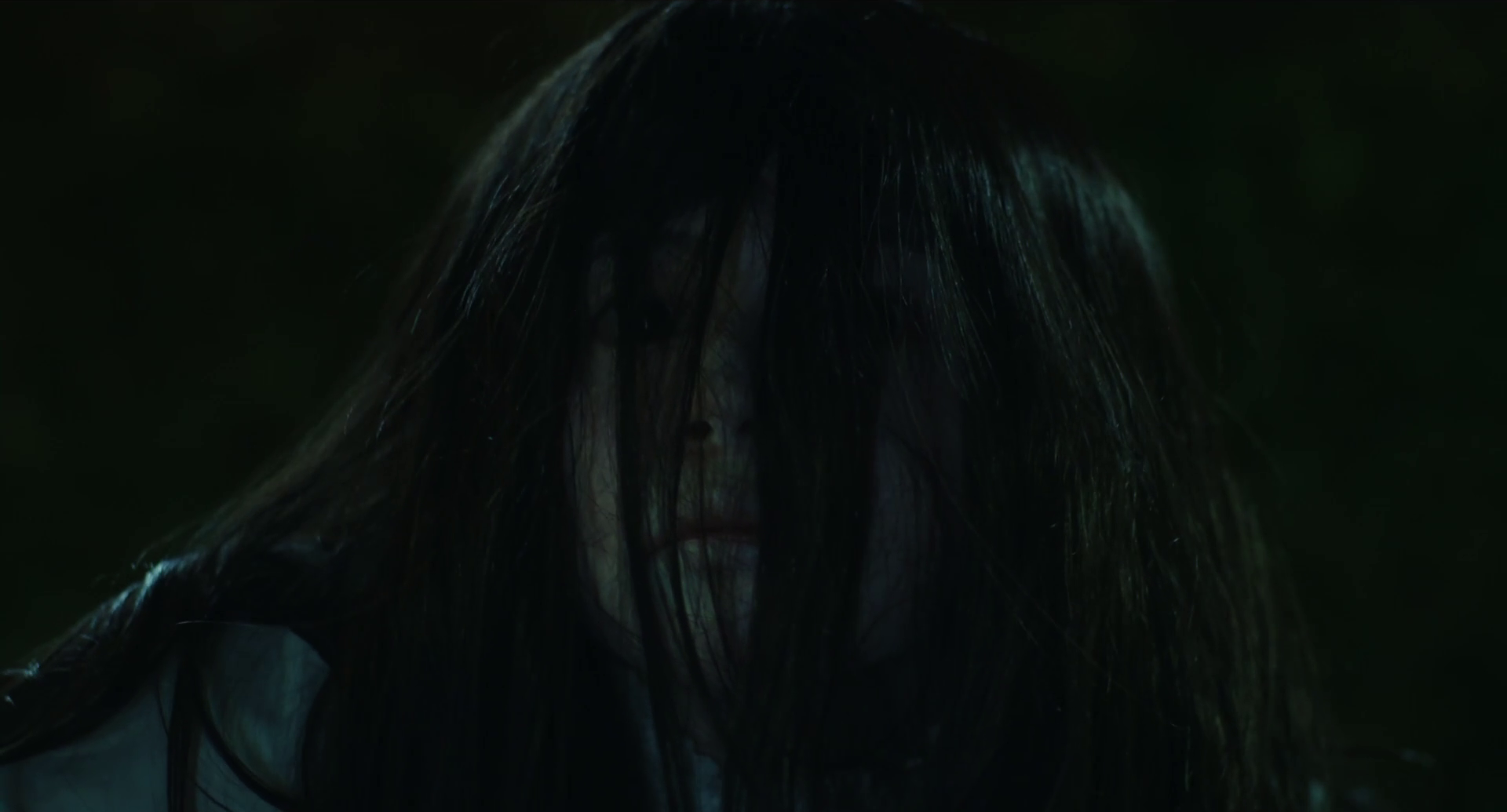
The fast pacing was most likely intentional due to the fact that Ayaka is on a time crunch to save her sister. There are instances where they even display how much time is left before Sadako claims another victim, but somehow I never really felt the sense of urgency that was implied. Moments, where she is contemplating the attributes of the cursed video, were slightly reminiscent of the procedural moments in Shin Godzilla (2016), though definitely not as elaborate. Surprisingly, Ayaka makes reference to the smallpox virus at some point in the film, something that is significant in Koji Suzuki’s Ring novel but has yet to be mentioned in any of the films that follow the same continuity (the virus is mentioned in Ring: Kanzenban and South Korea’s The Ring Virus).
It’s hard for me to pinpoint exactly where my expectations were for Sadako DX. Being a fan of the franchise, I definitely hoped I would enjoy it, but proceeded with extreme caution. Now, having seen the film in its entirety, I would compare it to Sadako (2019) in terms of tone and execution, as it doesn’t ever reach the full ridiculousness of Sadako 3D. The thing that works to the benefit of this particular entry is that because it is a stand-alone sequel, the levels of expectations may be quite neutral. I appreciate that the film attempted something different by injecting a lightheartedness, but I’m still waiting for a sequel that will totally reconstruct the aspects that made the original so memorable. Perhaps the only way to do this would be to completely reboot the franchise and implement more of Suzuki’s original ideas, but that would only mutate the curse of endless sequels into the curse of endless remakes.
More Film Reviews
The Harbinger, Andy Mitton’s follow-up to his delightfully creepy Witch in the Window, is, simply put, the most terrifying COVID-era horror film. Dealing with many of Mitton’s signature themes –… A mockumentary framing offers a nice spin to the found footage genre. While most found footage films are shot and arranged in an amateur fashion to preserve their realism and… I first saw Alejandro Jodorowsky’s surreal, bildungsroman film, Santa Sangre, in 1989 on VHS tape. Watching it was like watching a slasher about a killer with a twisted Oedipal Complex… Like the rest of the world, Hong Kong is slap bang in the middle of a housing crisis. With apartment sizes plummeting while prices skyrocket, some are forced into spaces… Although the first thing that comes to mind would be to honour the classic camp slashers or creature-feature flicks, I decided to welcome summer with Barry Levinson’s The Bay (2012)… Tales from the Rez is a captivating look into the ghost stories of the Blackfoot Nation, presented in a format that’s instantly familiar to lovers of horror anthologies! Director Trevor…The Harbinger (2022) Film Review – Don’t Say His Name
Occult (2009) Film Review – Mysteries, Miracles, Massacres
Santa Sangre (1989) Film Review – The Circus of Dreams and Nightmares
Coffin Homes (2021) Review: Rotten Real Estate in Fruit Chan’s Latest Hong Kong Horror
The Bay (2012) Film Review – Sitting at the Dock of the Bay
Tales from the Rez (2023) Review – Blackfoot, Black Comedy [Blood in the Snow Film Festival]

Your typical ghoul next door; film enthusiast, horror fanatic, J-horror nerd, aspiring horror host, and all around geek. Will likely be found cuddling with their cat and reading an old smelly book, or stuffing their face with popcorn at the cinema!
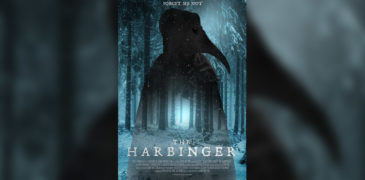
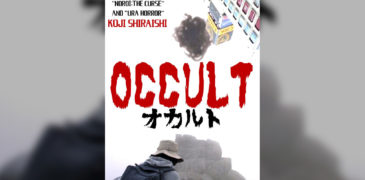
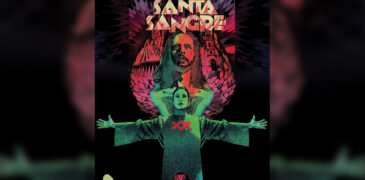
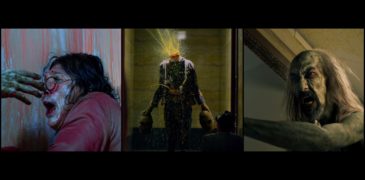
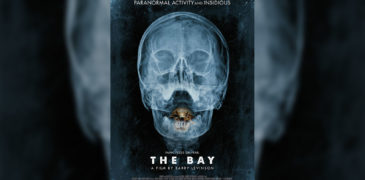
![Tales from the Rez (2023) Review – Blackfoot, Black Comedy [Blood in the Snow Film Festival]](https://www.grimoireofhorror.com/wp-content/uploads/2023/11/tales-from-the-rez-cover-2-365x180.jpg)